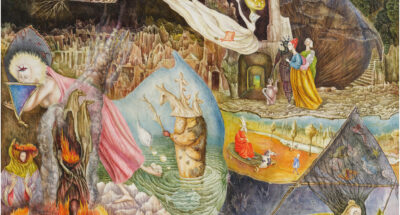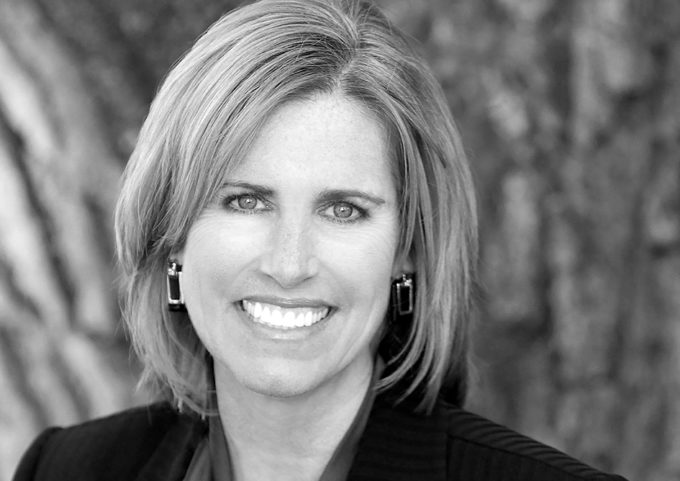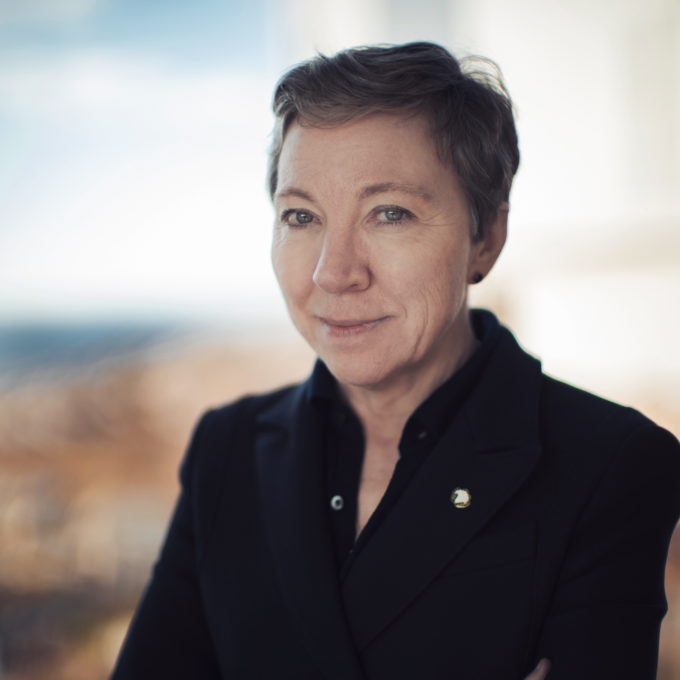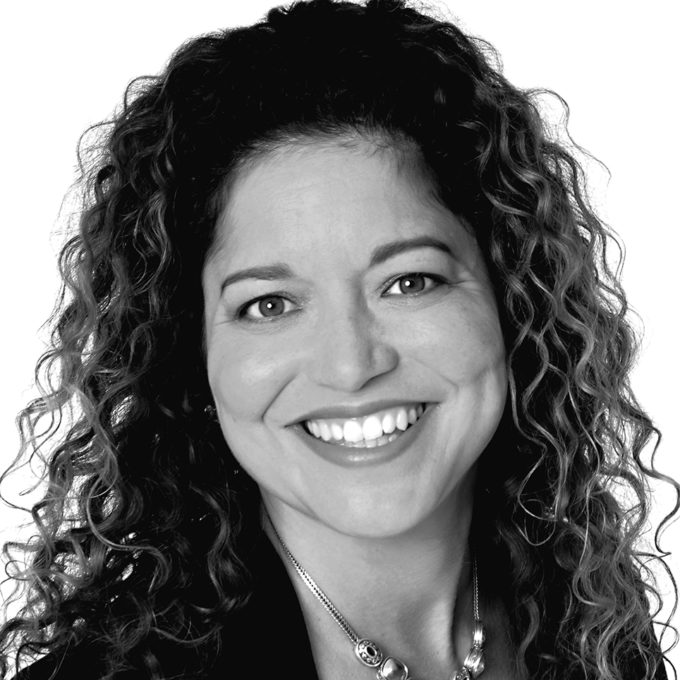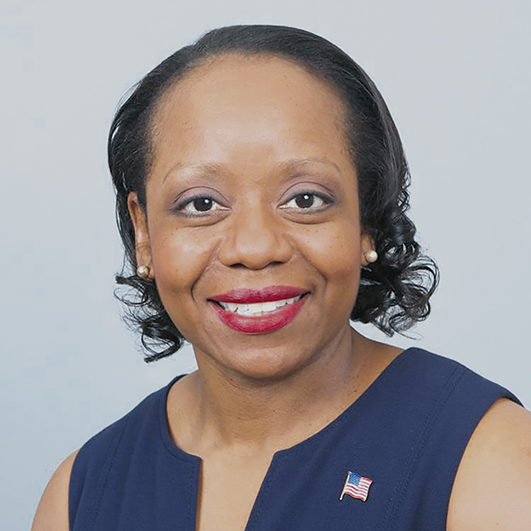Four zones for addressing competing demands
Our research found that people were more creative, successful and satisfied in their jobs when they both experienced tensions and adopted a paradox mindset. We find ourselves in different zones depending on how we experience tensions and the mindsets we adopt. The zone we are in can be changed with awareness and training, and by moving into a different environment.
Engaging zone: When people are in the engaging zone, they accept and feel comfortable with the paradoxes that lurk within dilemmas. They notice tensions yet realize these competing demands can never be completely resolved. Rather than avoiding tensions, they seek to engage them in a productive way. They often value the ways that opposing forces can be interdependent and reinforce one another. Being in this zone can be challenging, uncertain and scary, but also incredibly energizing and motivating. Our research shows that when people are in the engaging zone, they perform at their best, and are most innovative and satisfied with their work.
Resolving zone: Those in the resolving zone try to resolve the discomfort tensions elicit by making decisions between alternative options. They experience significant tensions but are mostly focused on weighing up the pros and cons of alternatives and making decisions about how to choose the right option in a specific situation. These solutions can often move an issue forward, but by being focused on choosing between alternatives, the decisions may limit more creative, generative and integrative approaches. Moreover, by choosing between the alternatives, key tensions and problems tend to resurface. Feeling pressure to make similar decisions in the future, they ultimately can end up stuck in a rut. Our research shows that when people are in the resolving zone, they are less innovative, and less satisfied with their work.
Anticipating zone: Leaders in the anticipating zone engage a paradox mindset, yet experience fewer tensions to apply that mindset, either because they are in environments with limited tensions or because they are simply unaware of them. However, conditions and awareness can change. The environment can undergo change. Greater time pressure, fewer resources and more diverse perspectives may lead to the experiencing of more tensions. In addition, some may uncover tensions that always existed. When tensions arise, these people are likely to reap the benefits of a paradox mindset.
Avoiding zone: When people are in an avoiding zone, they experience limited tensions either because they are in tension-free environment or because they are less aware of tensions. As soon as tensions arise, they seek to avoid the discomfort associated with them by making decisions between alternative options. Our research suggests that people that adopt a more either/or mindset will perform better in situations that involve a lower degree of tensions. However, if the environment changes and introduces more time pressure, fewer resources, more diverse perspectives, these people are likely to avoid tensions by choosing between alternatives instead of searching for integration, resulting in reduced performance, innovation and satisfaction.
